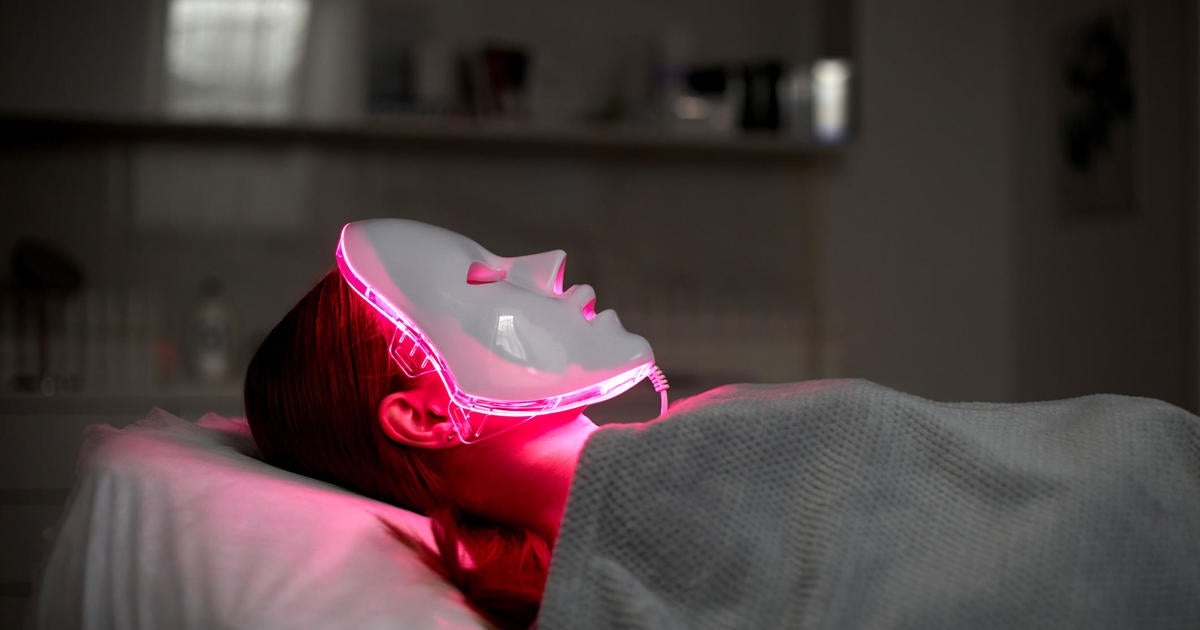

Red Light Therapy: A Dermatologist's Perspective Red light therapy, also known as photobiomodulation, is a non-invasive skincare treatment gaining popularity. It involves exposing the skin to specific wavelengths of red and near-infrared light. But what exactly does it do, and is it all hype? As a dermatologist, I can offer some clarity. The process works by stimulating cells within the skin to produce more collagen and elastin. Collagen is a protein that provides structure and firmness, while elastin gives skin its elasticity. As we age, production of both naturally decreases, leading to wrinkles, sagging, and a loss of youthful radiance. Red light therapy aims to counteract this age-related decline. The light penetrates the skin, triggering cellular processes that boost these vital proteins. What are the potential benefits? Based on current research, red light therapy shows promise in several areas: Reduced wrinkles and fine lines: By stimulating collagen and elastin production, it can improve skin texture and reduce the appearance of wrinkles. Improved skin tone and texture: It can help even out skin tone, reduce redness, and improve the overall appearance of skin texture, making it appear smoother and more youthful. Acne treatment: Some studies suggest it may help reduce inflammation associated with acne, potentially leading to clearer skin. The mechanism is believed to involve reducing inflammation and promoting healing. It's important to note that this is not a standalone treatment for severe acne. Wound healing: Red light therapy can accelerate wound healing by stimulating cell growth and reducing inflammation. This makes it a useful adjunct in certain dermatological procedures. Reduced inflammation: The anti-inflammatory properties are beneficial for a variety of skin conditions. Is it safe? Generally, red light therapy is considered safe when administered correctly. The light used is low-level and doesn't damage skin cells like UV radiation does. However, it's crucial to use devices from reputable sources that adhere to safety standards. Some individuals may experience mild redness or warmth after treatment, which usually subsides quickly. What to consider: Treatment frequency and duration: The number of treatments needed and the frequency vary depending on the individual and the specific condition being treated. A dermatologist can advise on a personalized treatment plan. Device type and wavelength: Different devices emit different wavelengths of light. The optimal wavelength for specific skin concerns is an area of ongoing research. Realistic expectations: Red light therapy is not a miracle cure. It's a supportive treatment that works best in conjunction with other skincare practices, like sun protection and a healthy lifestyle. Results are usually gradual and not immediate. Cost: The cost of red light therapy can vary depending on the device and the number of treatments required. In conclusion: Red light therapy offers a promising non-invasive approach to improve skin health and appearance. While more research is needed to fully elucidate its effects, current evidence suggests its potential benefits for various skin concerns. However, it's essential to consult with a dermatologist before starting any red light therapy regimen to discuss your individual needs, potential benefits, and any potential risks or interactions with other medications or treatments you may be using. They can help determine if it's appropriate for you and guide you towards safe and effective practices.

, also known as LED therapy, is gaining popularity in the skin care world for its potential benefits.
Dr. Rachel Nazarian, a board-certified dermatologist in New York, told "CBS Mornings Plus" that LED, or light emitting diodes, create a narrow wavelength that can "penetrate the deepest into the tissue, which is probably why it has all this potential to help skin."
This form of light therapy is popping up on social media, with users demonstrating hand-held devices as well as full facial masks they're incorporating into their self-care routines.
Here's what else to know about the treatment option.
"There is no doubt that red light can be very, very beneficial to skin," Nazarian said. She said there are "a lot of studies on red light" but that additional, more standardized studies are still needed.
"What it's actually doing is stimulating the cells to create new energy. And what does our body do with energy? It cleans. So it gives you more collagen, decreases the depth of your wrinkles, can decrease the size of your pores," she said.
But she says red light therapy won't replace everything in a dermatologist's anti-aging skin care arsenal.
"This is not going to mean you don't do your Botox Cosmetic, your fillers, your lasers — that's separate, those are done in the doctor's office, but these red lights are really fantastic because you have the power to do them at home and safely for most people," she said.
Nazarian admits it can be hard to know the exact efficacy of these devices, since they're not very standardized and may vary in their strength, number of light bulbs and proximity to skin.
"It helps to look for something that says 'FDA cleared,' and that sits in the low energy red light spectrum," she said, suggesting that many users may want to avoid devices with infrared. "Infrared is something you'll see combined with red light a lot these days. Infrared can give off heat. Heat is not good for all skin types. So that's something people might want to steer away from."
The risk with infrared includes skin redness, burning and swelling, which can happen with higher energy types, Nazarian said.
And while these therapies don't use UV light, which can and eyes, it's best to reduce eye exposure to the bright lights.
"Bright lights are not great for eyes," she said. "So look for the masks that have the little cutouts around your eyes or the ones that come with eyewear."
Generally, however, she considers these therapies safe.
"Unless you have a very specific and rare eye condition, these lights are generally safe at low energy levels for everyone of all skin types," Nazarian said.
Angelica Fusco contributed to this report.





